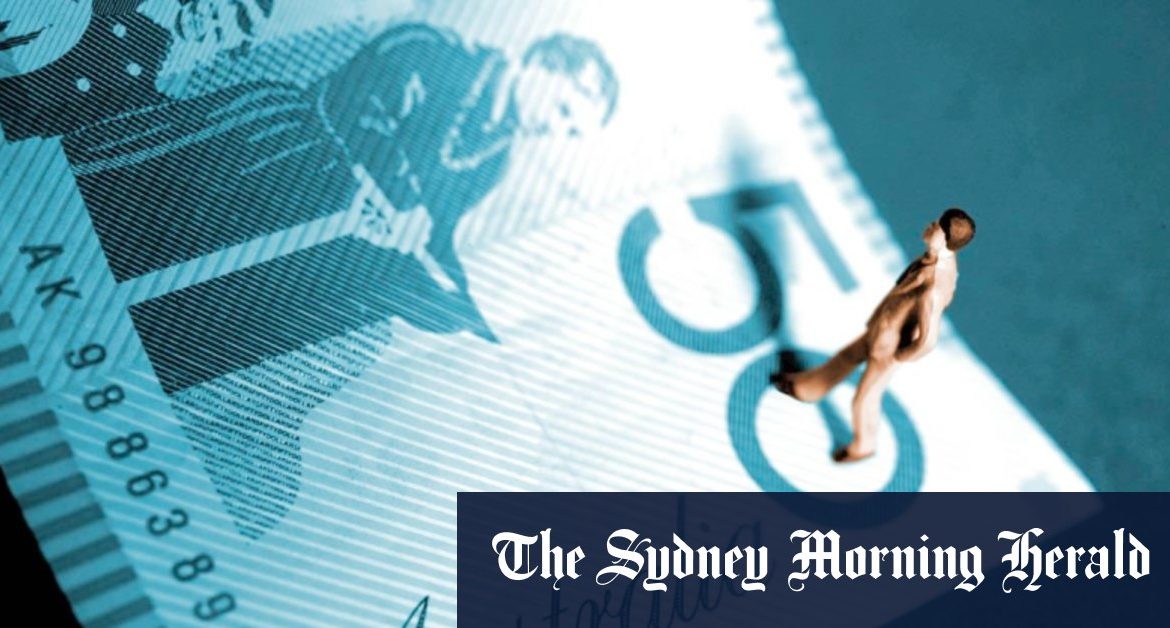“When looking at members across all fund types, male take-up rates were higher in both industry and retail funds, while female take-up rates were higher in public sector and corporate funds,” according to the APRA report, which includes data up until September 30.
Loading
The figures suggest the higher participation in the scheme by men aged 25-44 indicate that they were the cohort that felt the impact of the pandemic most.
Under the scheme, those who have lost their job, had their hours cut or income reduced by 20 per cent or more, are allowed to take up to $20,000 – in two tranches of up to $10,000 – from their super, either side of June 30.
Applications for the early release of super are made to the Australian Taxation Office, which administers the scheme, rather than individual super funds.
More than $35 billion had been paid out to super fund members by November 29. There were 3.4 million initial applications and an additional 1.4 million repeat applications from those who had already accessed their super at least once. The scheme ends on December 31.
The APRA figures show that a quarter of the accounts from which withdrawals were made had less than $1000 left in them after the cash was withdrawn. However, APRA says many of these members may have had more than one super account.
“These accounts are likely to largely represent newly established accounts or supplementary accounts, that is, not the primary account to which ongoing contributions are being made,” the regulator says.
APRA estimates that about 163,000 super accounts have been fully depleted. However, the figures show that accounts with balances of more than $200,000 made up less than 3 per cent of the total accessed under the scheme.
Modelling by Super Consumers Australia shows early access of $20,000 by a 30-year-old could cost their retirement balance the equivalent of about $50,000 in today’s money by age 67.







